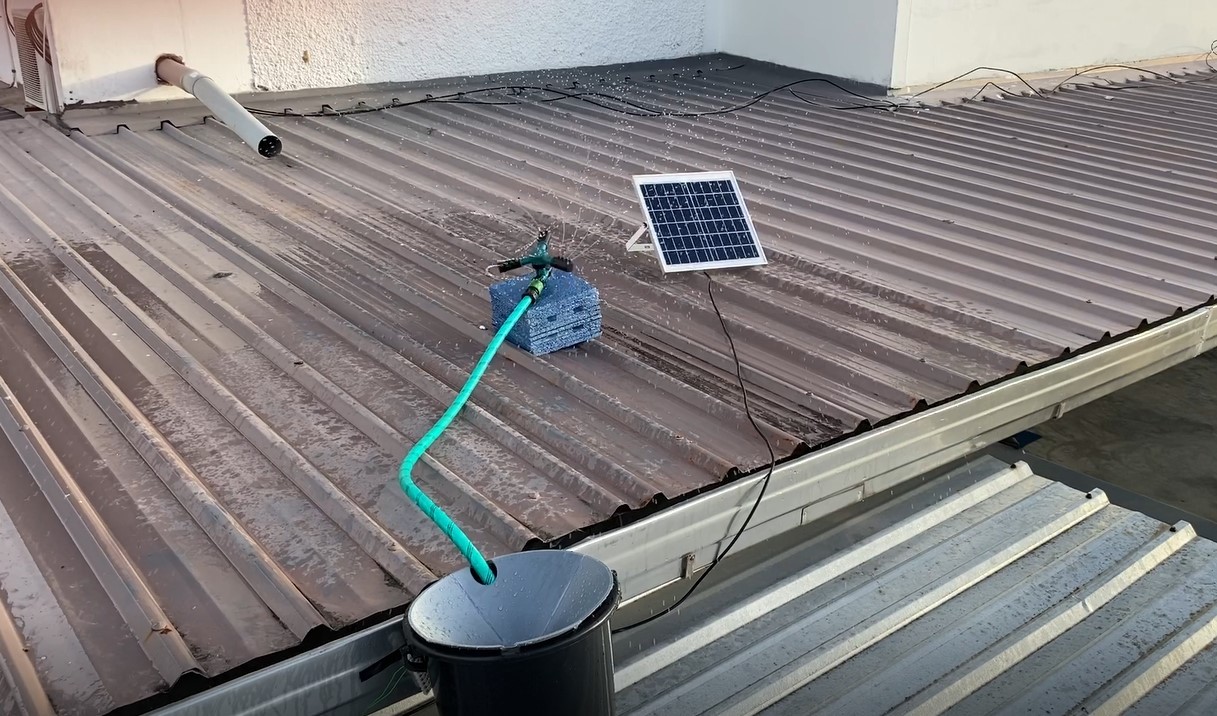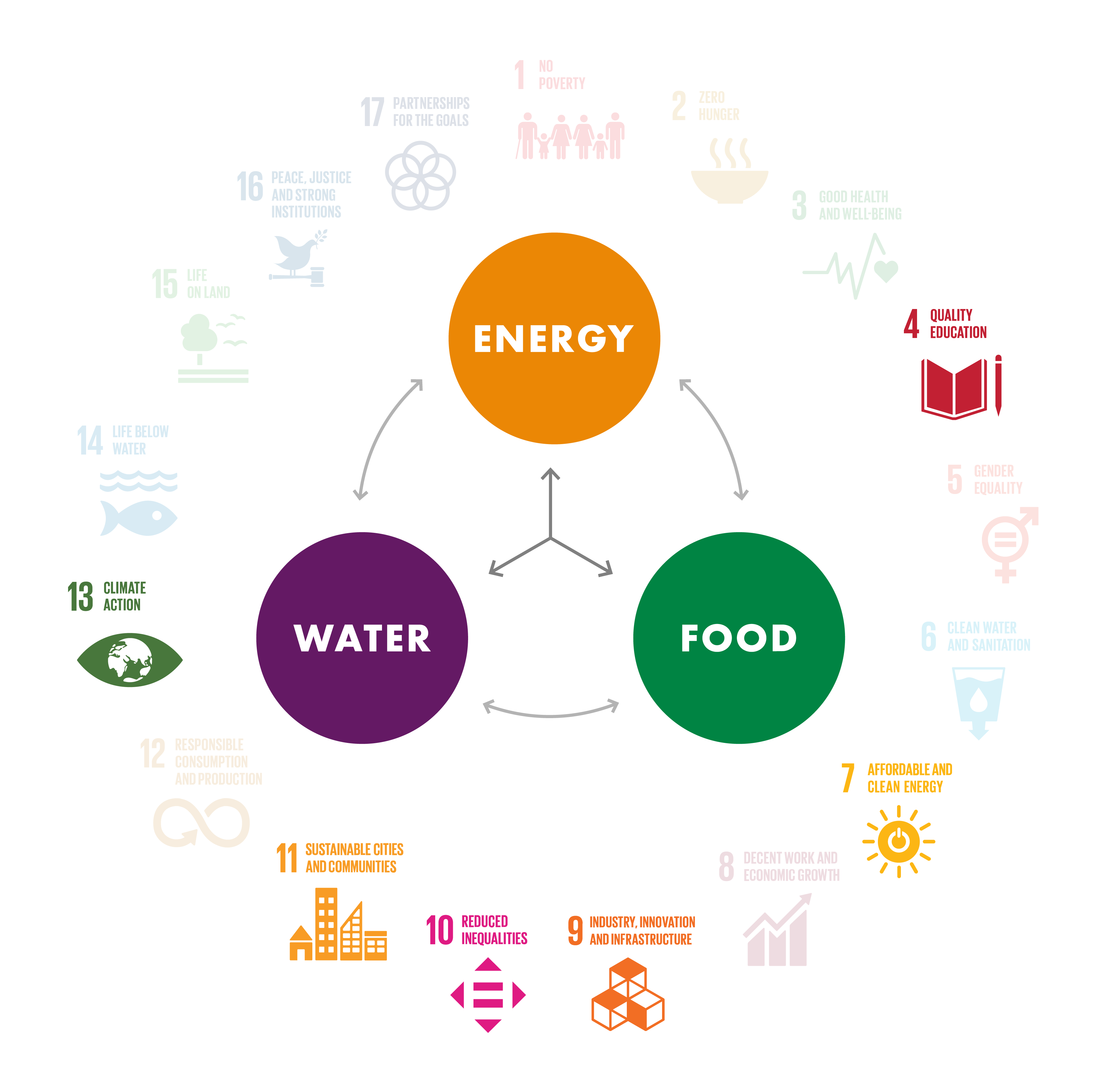NXplorers students in Miri, Malaysia reimagined evaporating rainwater as a cooling system, providing rural homes with a way to keep cool without relying on unstable power supplies and expensive equipment. Cooler homes mean people can work and the NXplorers students could study without the oppressive heat making it hard to concentrate or relax.
Specifically, the NXplorers identified that cooler temperatures would improve the conditions which allow students to improve their levels of concentration. In Miri, oppressive heat frequently makes it hard for students to focus, limiting their ability to engage with subjects like Science, Maths and Technology which our NXplorers students use so effectively to help solve local and global issues in a sustainable way.
The weather in Miri is extremely hot and very rainy. Temperatures typically range from 24°C to 31°C, while rainfall can reach 12 inches - the result is unbearably hot and humid conditions indoors and out.
These conditions make climate control solutions vital to everyday life. Using NXthinking tools, the students looked at alternatives to air conditioning units which need both a reliable electricity supply and are expensive to run.
To improve conditions for Malaysians who live in rural settings without access to reliable electricity, the NXplorers had to rethink the systems that contribute to the stifling environments some of their fellow students were forced to study in.
Using NXthinking tools to fully explore the factors that contribute to the stifling conditions, and looking at all perspectives, they identified the problem was caused by the heat build-up of zinc roofs commonly used as a building material in these areas.
The team’s discovery led them to identify with a solution to use the evaporative cooling affect to reduce the heat build-up of zinc which is constantly exposed to both direct and radiant heat.
Engineering a sprinkler system that sprayed reused rainwater directly onto the roofs of houses reduced the inside temperatures significantly offering also a significant cost saving over traditional AC units.
Given that this solution was designed to function in locations with limited access to electricity, the team had to design a system that could spray water onto zinc roofs by using an off-grid renewable electricity resource.
Drawing the link between the sun’s heat and the problem, the team reimagined the source of the problem to become the solution to power the sprinklers. By linking a solar panel up to a battery, the team were able to pump water out of their collection system into a sprinkler that would spray water onto the roofs.
Finally, the system linked to a temperature sensor within the house. This sensor is set to trigger the sprinkler system when temperatures exceed the limit that has been set for a healthy work or studying environment - and will run until the temperature inside falls below that threshold.
The NXplorers calculated that this system would be six times less expensive than air conditioning units, create no waste and improve the studying conditions for members of their community who would otherwise struggle to concentrate.
This project helped the NXplorers students to see that they could create affordable climate management solutions that produce no waste, contributes to the UN Sustainable Development Goals and improve the social mobility for communities that would otherwise struggle to create productive learning environments for their students.

Drawing the link between the sun’s heat and the problem, the team reimagined the source of the problem to become the solution to power the sprinklers.
How This Project Contributes To The UN SDGs
4. Quality education
Ensure inclusive and equitable quality education and promote lifelong learning opportunities for all
7. Affordable and clean energy
Ensure access to affordable, reliable sustainable and modern energy for all
9. Industry, innovation and infrastructure
Build resilient infrastructure, promote inclusive and sustainable industrialization and foster innovation
10. Reduced inequalities
Reduce inequality within and among countries
11. Sustainable cities and communities
Make cities and human settlements inclusive, safe, resilient and sustainable
13. Climate action
Take urgent action to combat climate change and its impacts

Diagram of the United Nations’ Sustainable Development Goals numbered in a large circle, each with a smaller diagram below to represent the specific Development Goal. All of the Development Goals are faded, apart from six of them:
4. Quality education
7. Affordable and clean energy
9. Industry, innovation and infrastructure
10. Reduced inequalities
11. Sustainable cities and communities
13. Climate action
Within the circle there are three circles in a triangle formation reading ‘Energy’, ‘Water’ and ‘Food’, with arrows to show how they are all interconnected.